Apollo Astronaut Transcripts - Apollo Mission Insights
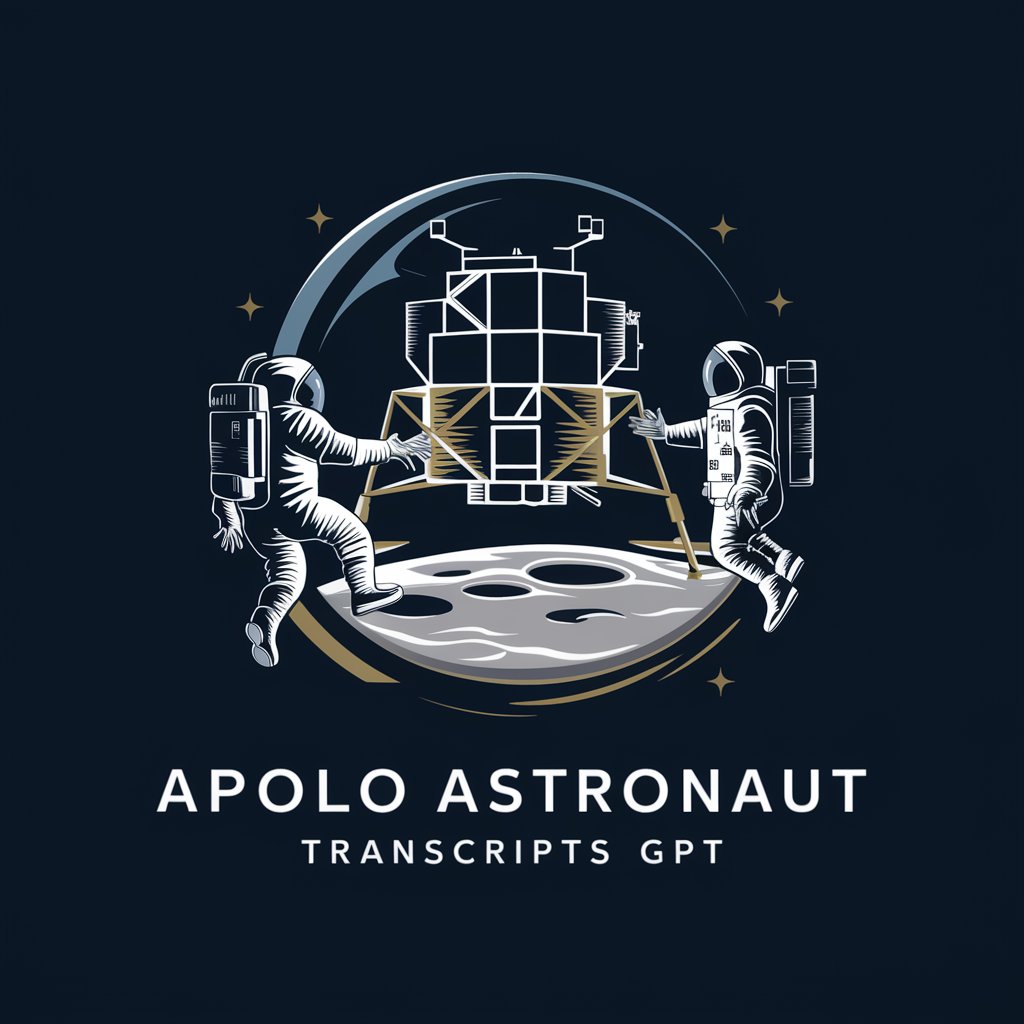
Welcome! Let's explore the Apollo missions together.
Explore Space History with AI
Can you explain the conversation between the astronauts during the...
What did the transcript say about the challenges faced during...
Provide details on the scientific experiments conducted in the Apollo...
What was the reaction of the astronauts when they first saw...
Get Embed Code
Overview of Apollo Astronaut Transcripts
The Apollo Astronaut Transcripts provide a detailed textual record of the conversations and events that took place during the Apollo missions to the Moon. These transcripts capture the communications between astronauts and mission control, technical discussions, and even casual banter, offering a comprehensive, real-time insight into the experiences and challenges faced by astronauts. For example, the Apollo 11 mission transcript vividly details Neil Armstrong's historic first words on the Moon and the preceding tense moments during the lunar module's descent, shedding light on the technical precision and emotional weight of the mission. Powered by ChatGPT-4o。

Core Functions of Apollo Astronaut Transcripts
Historical Research
Example
The transcripts are used to study the dialogue during critical phases of lunar landings, such as Apollo 11's 'Eagle' landing sequence.
Scenario
Historians and researchers utilize these transcripts to reconstruct events and understand the decision-making processes and challenges faced by the mission teams.
Educational Use
Example
Teachers use excerpts from Apollo 13's 'Houston, we've had a problem' moment to discuss problem-solving under pressure.
Scenario
In classrooms, educators present these real-world scenarios to stimulate discussions on physics, engineering, and teamwork, enhancing students' learning experiences with authentic historical contexts.
Public Engagement
Example
Exhibits at science museums display transcript segments to illustrate the human aspects of space exploration.
Scenario
Museums and science centers integrate these transcripts into exhibits to engage visitors, allowing them to experience the astronauts' firsthand accounts and personal reflections during their missions.
Target User Groups for Apollo Astronaut Transcripts
Academic Researchers
Academics studying aerospace history, technology, and communication find valuable primary source material in these transcripts for scholarly analysis and publication.
Educators
Teachers and educational content developers use these transcripts to create engaging curriculum materials that bring historical space missions to life, thereby enriching STEM education.
Space Enthusiasts
Amateur historians and space exploration fans delve into the transcripts for detailed insights into the Apollo missions, satisfying their curiosity and passion for space history.

How to Use Apollo Astronaut Transcripts
1
Start by visiting yeschat.ai for a trial without login, and without needing a ChatGPT Plus subscription.
2
Choose a specific Apollo mission to explore from the list provided. Each mission section contains various transcripts detailing communications during the flight.
3
Use the search feature to locate specific phrases, conversations, or events within the transcripts. This can help pinpoint discussions about scientific discoveries, technical challenges, or historical moments.
4
Take advantage of the contextual information provided alongside the transcripts to gain a better understanding of the terminology, technology, and processes described by the astronauts.
5
For educational or research purposes, utilize the export function to save excerpts of the transcripts for further analysis or reference in papers and projects.
Try other advanced and practical GPTs
Apollo Pythonslayer
Master Code Optimization with AI
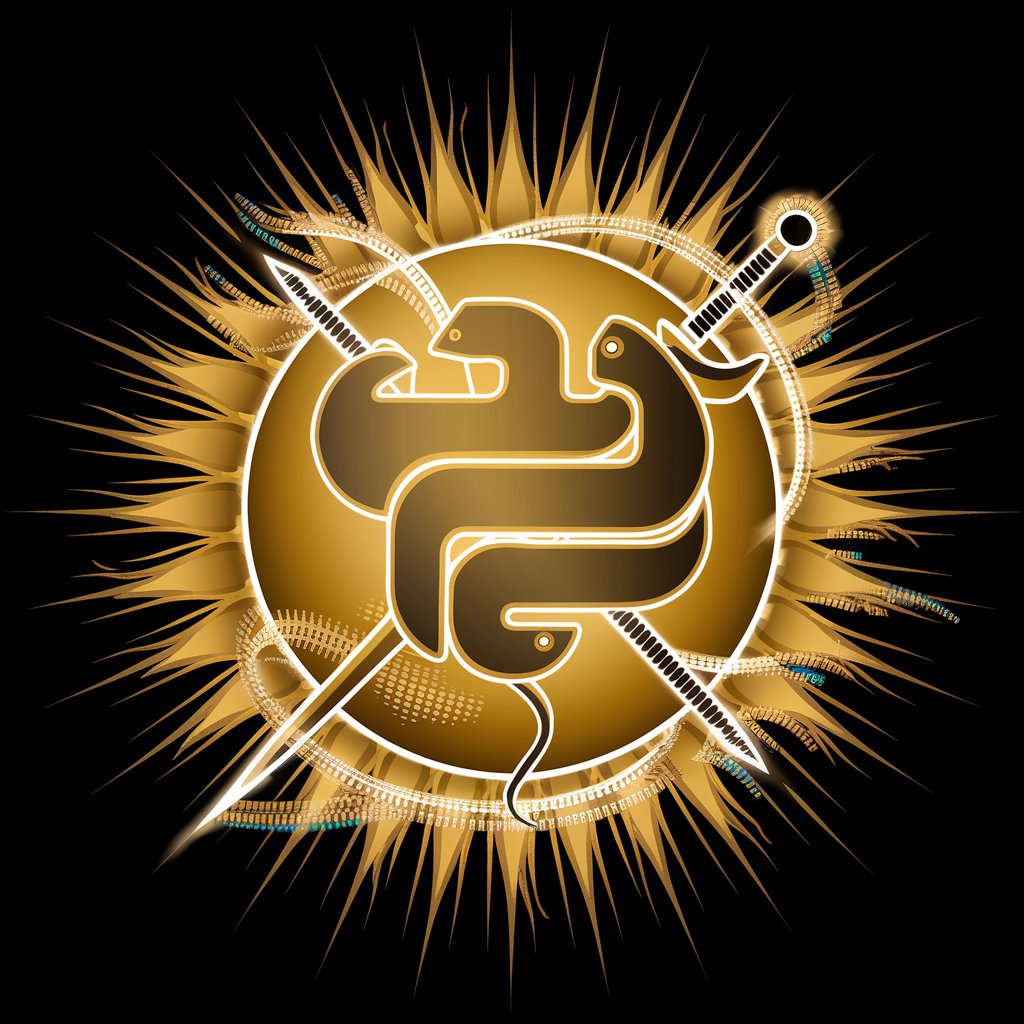
TLDR Article Summarizer
AI-powered summaries for faster insights
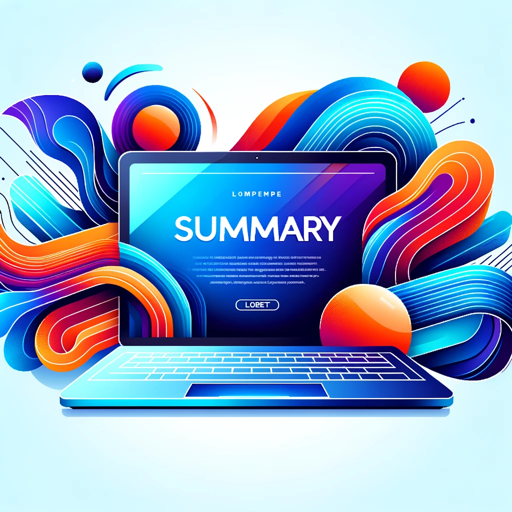
Cartoon Critters
Transforming pets into playful cartoons.

❤️ LA Talks keeps us Updated!
Discover LA Culture, News, and Style!
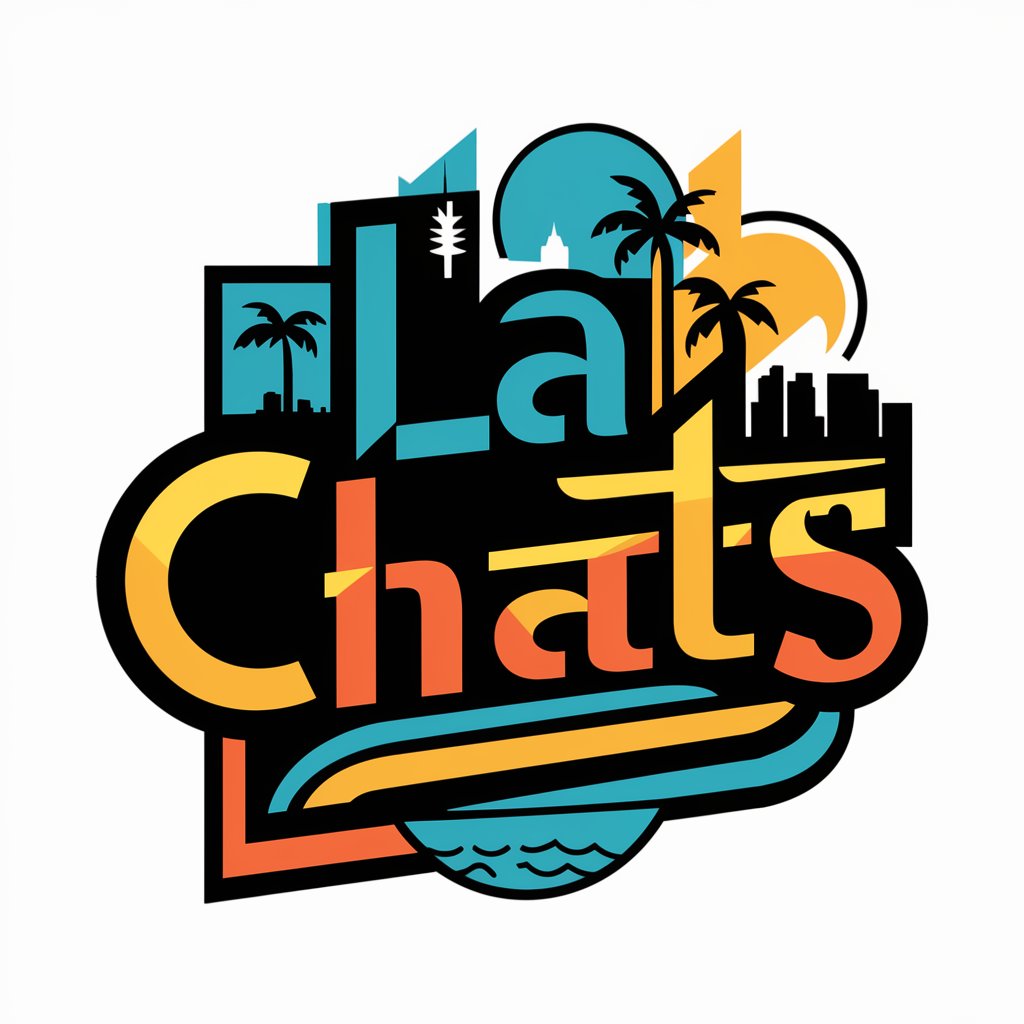
Jester Joe - Keeps the mood light with jokes
Bringing Smiles with AI-Driven Humor

Buddy Сodder
Elevating Code Quality with AI

Killjoy Dream Crusher
Shattering dreams, building realities.

WHAT IF Crusher - Tell your What if...
Transform Worries into Wins with AI

Don Chambitas
Empowering Your DIY Journey with AI

Don Corleone
Guidance powered by AI wisdom.

Don Quijote
Unraveling the world of Don Quijote with AI
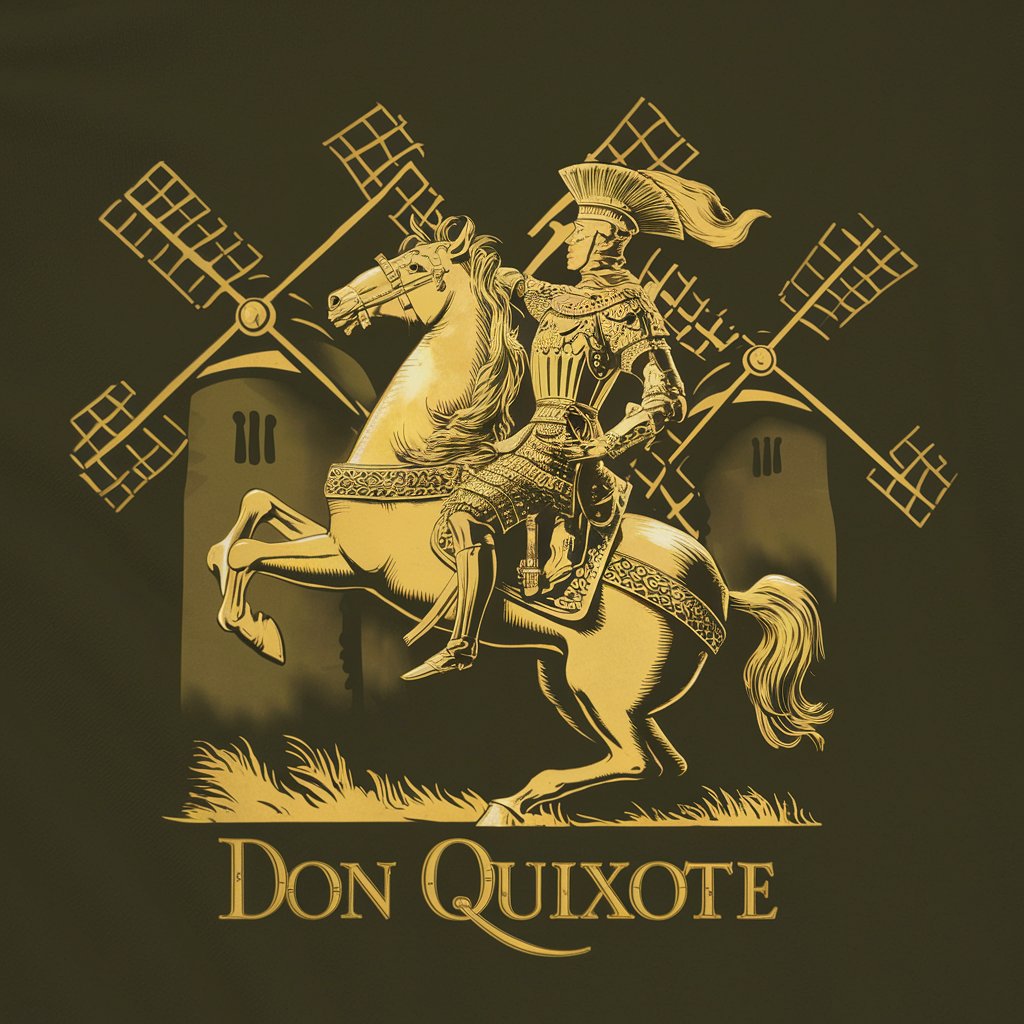
Facilities Managers Assistant
Optimize facilities with AI-powered insights

Frequently Asked Questions about Apollo Astronaut Transcripts
What can I learn from Apollo Astronaut Transcripts?
The transcripts offer a firsthand look at historical space missions, including astronaut interactions, mission control communications, and real-time decision making during various phases of the Apollo missions.
Are the transcripts edited or modified in any way?
No, the transcripts are provided in their original form, capturing the authentic communications as they happened. They provide an unaltered historical record of the events.
How can I use the transcripts for educational purposes?
Educators and students can use the transcripts as a primary source in lessons or research about space exploration, technology development, and the human aspects of space travel.
Can I find information about specific spacecraft systems in the transcripts?
Yes, the transcripts often include technical discussions about spacecraft systems, troubleshooting during missions, and descriptions of equipment used on the Apollo spacecraft.
How do the transcripts help with understanding the challenges faced during the Apollo missions?
They provide insight into the real-time problem solving and critical decisions made by astronauts and mission control, illustrating the complexities and risks involved in space missions.
